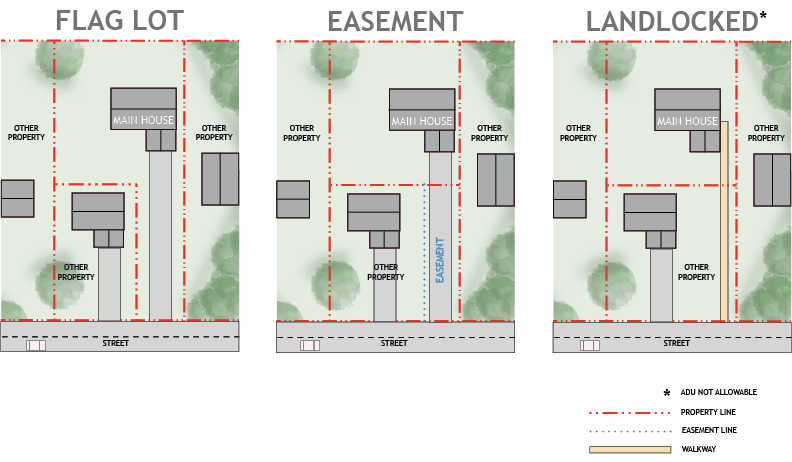These spaces are sometimes referred to as granny flats or in-law apartments. As stated in the City and County of Honolulu Land Use Ordinance, ADUs are only allowed on single-family lots. Accessory dwelling units are not to be confused with Honolulu’s ohana units, separate living spaces with a kitchen, bathroom, and sleeping area exclusively for family members of the homeowner.
Top finds
- Best UK Non Gamstop Casinos
- 홀덤사이트
- Non Gamstop Casinos UK
- Non Gamstop Casinos
- Migliori Casino Online Non Aams
- Non Gamstop Casinos UK
- Non Gamstop Casino Sites UK
- Non Gamstop Casino UK
- Best Non Gamstop Casinos
- Meilleur Casino En Ligne France
- Gambling Sites Not On Gamstop
- Casino Zonder Cruks
- Best Non Gamstop Casinos
- Best Casinos Not On Gamstop UK
- UK Online Casinos Not On Gamstop
- Migliore Casino Non Aams
- Melhores Cassinos Online 2025
- Casino En Ligne
- Non Gamstop Casino UK
- Betting Sites
- Non Gamstop Casino UK
- Non Gamstop Casinos UK
- Siti Di Casino Non Aams
- Non Gamstop Casino UK
- Casino Online Non Aams
- Casino Crypto
- Jeux Casino En Ligne
- Meilleur Site Casino En Ligne Belgique
- Meilleur Site Casino En Ligne Belgique
- Migliori Bookmaker Non Aams
An accessory dwelling unit, or ADU, is a living space with a full kitchen, bathroom, and sleeping facilities

Benefits
Increases rental housing stock
ADUs could help meet the high demand for rental housing on Oahu and, potentially, the need for affordable units.
Supports local economy
The construction industry will flourish, creating jobs for our family, friends, and neighbors.
Preserves neighborhood character
Careful planning and design make sure ADUs maintain neighborhood aesthetics and privacy.
Minimizes urban sprawl
Building in single-family neighborhoods prevents the undesirable transformation of rural, untouched lands into urban areas.
Creates rental income
Homeowners can generate rental income to use toward mortgage payments, expenses, or savings.
Utilizes existing infrastructure
Infilling areas where public utilities exist saves time, labor, and money-by avoiding the costs of expanding utilities into undeveloped areas.
Promotes aging in place
Homeowners can downsize by moving into the ADU or remain in the main house and rent out the ADU. The ADU can also be used to house a caregiver.
Encourages diversity
Renters of different ages, income levels, household size, etc. will enrich single-family neighborhoods.
Promotes sustainable living
ADUs may produce less waste, can use smaller, more efficient appliances, and require less energy to maintain than traditional homes.
City & County of Honolulu Basic ADU Requirements
1. Your lot must be zoned in a residential or country district
Check your zoning using the DPP’s Property Search. Under Zoning (LUO) the chart must list one of the following: R-3.5, R-5, R-7.5, R-10, R-20, or Country District.
2. Your lot area must be at least 3,500 square feet
The DPP’s Property Search also lists the area of the lot in square feet.
3. Your lot cannot be landlocked
There must be a direct access road to the property.

graphic courtesy of Architects Hawaii Ltd
ADUs are allowed on a case-by-case basis. Please check with the DPP.
4. Your lot must contain one single-family dwelling
ADUs are not permitted on lots where a multi-family unit exists, such as a duplex or apartment complex. Additionally, only one ADU or ohana unit is permitted per lot. If you already have an ohana unit built, you cannot add an ADU. Alternatively, you may be able to convert the ohana into an ADU.
5. The property owner, family of the property owner, or designated representative must reside on the property
The homeowner (or family of the homeowner) must live on the property so long as one of the units is occupied. For example, if the ADU is being rented, the homeowner must live in the main house. If the main house is rented out, the homeowner must live in the ADU. There are exceptions for “unforeseen circumstances” such as an active military deployment or illness that prevents the property owner from living on the property.
6. The property owner will record covenants running with the land with the Bureau of Conveyances or the Land Court of the State of Hawaii, or both
This agreement ensures the property owner does not sell the ADU separate from the rest of the property; the lot cannot be divided into two separate properties. The Declaration of Restrictive Covenants also lists the rules about owning and renting an ADU. More details on the Bureau of Conveyances and the restrictive covenants are available here.
7. If you are in a private covenant prohibiting ADUs, you cannot build one
Check with your homeowners’ association if there are any rules prohibiting second dwellings or rental properties. An ADU permit does not supersede any private agreements.
8. You must provide a parking space for the ADU in addition to the required parking for your existing house
There is an exemption for lots that are located within one-half mile of a rail station.
9. You must abide by the ADU floor space limitations
| Lot Size (square feet) | Max. Floor Area (square feet) |
|---|---|
| 3,500 to 4,999 | 400 |
| 5,000 or larger | 800 |
